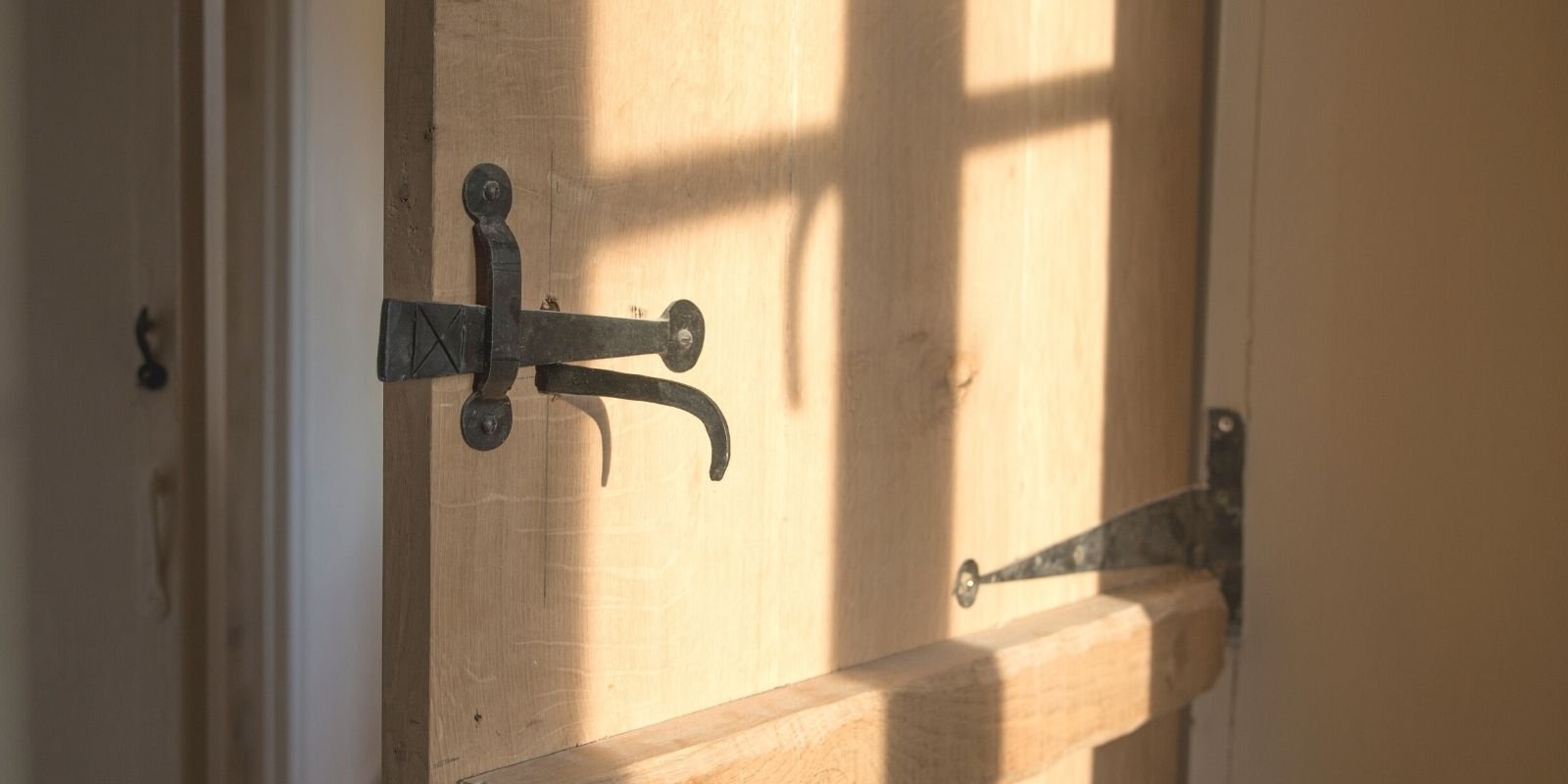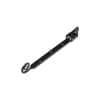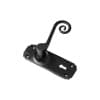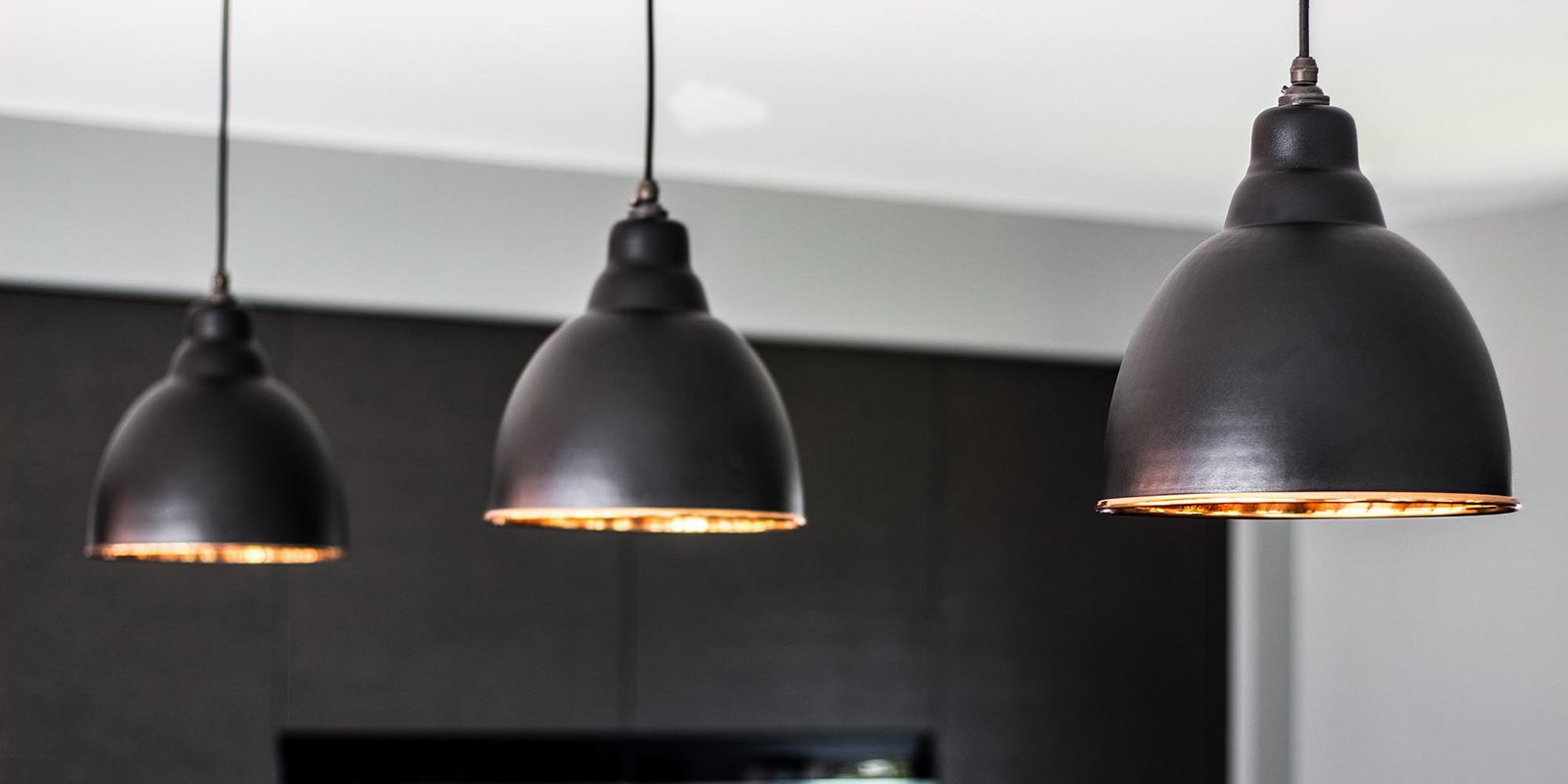Door Knobs and Backset Explained
Table of Contents
- Introduction
- What is the Door Knob Backset?
- How do I know my Backset Size?
- How do I Choose a Backset?
- Defining the Backset
- What Size is a Standard Backset?
- Conclusion
Introduction
In the world of door hardware, the devil is often in the details. While the aesthetic appeal of a door knob or handle is undeniably important, the technical aspects play a pivotal role in ensuring functionality, security, and ease of use. One such technical detail, often overlooked but crucial, is the backset. This measurement not only influences the positioning of your door hardware but also impacts its operation and the overall look of the door. In this guide, we'll delve deep into the concept of the backset, exploring its significance, standard sizes, and other related dimensions and terminologies. Whether you're a homeowner looking to replace a door knob, a DIY enthusiast, or someone keen on understanding the intricacies of door hardware, this guide aims to shed light on the importance of the backset and its role in door hardware selection.
What is the Door Knob Backset?
The backset refers to the distance from the edge of the door to the spindle mechanism on the latch. In simpler terms, it's the measurement that determines where your door knob or handle will sit on the door. This might seem like a minor detail, but it plays a pivotal role in both the functionality and aesthetics of your door.
Key Points to Consider:
- Standard Measurements: Typically, a latch with a 63mm case measurement will have a 44mm backset, while a 76mm case measurement corresponds to a 65mm backset. These are standard measurements, but always check product specifications to be sure. It’s important to note that you will require a deeper backset for door knobs.
- Aesthetics and Functionality: The backset you choose impacts the positioning of your door knobs or handles. For instance, you might want your door knobs to sit centrally on the door stile. If you're opting for door handles, you might need to offset them slightly, especially to accommodate the lever.
- Comfort and Practicality: A crucial aspect of the backset is ensuring comfort when using the door knob. The last thing you want is to hit your knuckles on the door frame or architrave every time you turn the knob. This is especially pertinent with door knobs, where the entire knob is gripped. With traditional lever handles, your hand is naturally positioned away from the door surround, allowing for a shorter backset. However, with door knobs, a deeper backset is often necessary to provide ample space for your hand.
- Replacement Considerations: If you're thinking of replacing your door knobs, it's essential to check the backset measurement on your existing latch. Additionally, consider the diameter of the new door knob to ensure there's enough room for your hand to comfortably turn it without any hindrance.
In essence, the backset isn't just a technical term; it's a vital consideration that ensures your door not only looks good but is also comfortable and practical to use. When selecting door hardware, always keep the backset in mind to guarantee a seamless and user-friendly experience.
How do I know my Backset Size?

Sash Locks and Tubular Latches Dimensions:
When dealing with sash locks and tubular latches, there are two primary dimensions to consider:
- Case or Body Length: This refers to the length of the lock or latch's body. Knowing this measurement is vital as it determines how much material needs to be removed from the door to accommodate the hardware.
- Backset: This is the distance from the edge of the door to the centre of the mortice bar. It's this measurement that decides the final position of your door knob or lever handle on the door.

Determining the Backset on an Existing Door:
If you're looking to find out the backset on an existing door, the process is straightforward:
- Position a tape measure or ruler on the edge of the door.
- Measure the distance from the edge to the centre line of the door knob or handle. This measurement gives you the backset.
How do I Choose a Backset?
Choosing the right backset is more than just a technical consideration; it's about ensuring comfort, functionality, and aesthetics. The type of handle or knob, combined with the door's design, plays a pivotal role in this decision.
Lever Handles vs. Door Knobs:
It's worth noting that door knobs generally require a deeper backset than lever handles. This is because, with door knobs, you grip the entire knob, bringing your hand closer to the door frame. A deeper backset ensures you don't hit your knuckles on the door surround when turning the knob.
1. Lever Handles: These are more forgiving when it comes to backset size. We recommend our 2.5 tubular latch. Due to their design, your hand is naturally positioned away from the door frame, allowing for a shorter backset without any discomfort.
2. Door Knobs: These require a deeper backset. We recommend a 3-4 inch tubular latch. Since you grip the entire knob, there's a risk of hitting your knuckles on the door surround if the backset is too shallow.

Consider the Door's Design:
The style of your door can also influence the backset choice:
1. Traditional Four-Panelled Doors: These doors typically have a central board, accommodating any latch depth. This flexibility means you can opt for a deeper backset for door knobs without any issues.
2. Boarded Doors with Narrow Frames: These can pose challenges, especially if you're considering door knobs. If the backset is too deep, the door knob might end up sitting too close to or even overlapping the edge of the frame, which can look unsightly. In such scenarios, lever handles might be a more aesthetically pleasing and practical alternative.
Choosing the right backset is a balance between practicality and aesthetics. It's essential to consider both the type of handle or knob and the door's design. When in doubt, always measure accurately, visualise the final look, and consider alternative hardware options to ensure the best fit and appearance.
What Size is a Standard Backset?
When discussing door hardware, particularly mortice locks, understanding the various dimensions is crucial. One of the most pivotal measurements is the backset, which determines the positioning of the door knob or handle relative to the edge of the door.
Defining the Backset

The backset is the distance measured from the centre of the mortice bar to the edge of the lock or door frame. In the UK, there are three common measurements for backsets:
- 80mm Backset: This corresponds to a 101mm (or 4”) lock and is commonly used for panelled doors where door knobs are used allowing for greater distance to avoid hitting the knuckles of the door frame.
- 56mm Backset: This corresponds to a 76mm (or 3”) lock and is commonly used for doors without any adjacent glass panels.
- 44mm Backset: This is typically associated with a 64mm (or 2½”) lock. It's often used for doors adjacent to glass panels.
However, while these are standard sizes, it's always recommended to measure the backset on your door to ensure accuracy, especially if you're replacing an existing lock or knob.
Glossary:
Terminology: Understanding the terminology associated with mortice locks can further aid in making informed decisions:
Centres: The distance from the centre of the keyhole/cylinder to the centre of the follower hole (where the handle spindle passes through).
Case Depth: The depth of the lock when fitted into the door.
Case Height: The height of the lock case when fitted into the door.
Forend Width and Height: The visible length and height of the faceplate once the lock is installed.
Terminology: Understanding the terminology associated with mortice locks can further aid in making informed decisions:
Sash lock: A lock mechanism with both a latch and deadbolt. It can be key, or cylinder operated.
Deadlock: A lock mechanism with only a deadbolt.
Latch: A self-engaging element that secures the door when engaged with the keep.
Deadbolt: A bolt operated by a key, handle, or thumb turn.
Forend (faceplate): The part of the lock case that is visible on the edge of the door.
Striker: The visible part that sits on the door surround, this is where the catch will be located when the door is closed or locked.
Spindle: The drive bar that operates the drive of the lock, and connects the door handles or knobs.
Centres: The vertical distance between the lock spindle and the keyway centre.
Conclusion
Choosing the right door hardware, especially when it comes to mortice locks and door knobs, is a blend of aesthetics, functionality, and precise measurements. The backset, a pivotal dimension, plays a significant role in ensuring that your door not only looks polished but also functions seamlessly. While standard sizes exist, every door and its requirements can be unique. Thus, it's imperative to arm oneself with knowledge, measure accurately, and consider all related dimensions and terminologies. In doing so, homeowners and professionals alike can ensure that their door hardware selections are both practical and pleasing to the eye, contributing to the overall charm and security of a space.
Comments








Door Knob Trends and FAQs: A Comprehensive Guide for 2023. What colour combinations are in trend
Read Article

Explore the simple differences between rim and mortice door knobs. Our guide makes choosing and installing...
Read Article

This article explains its definition, integral parts, functionality, and different types to suit specific needs, including heavy-duty,...
Read Article







.png?v=1694426822503&options=c_fill,w_2260,h_1280)
.png?v=1694426841154&options=c_fill,w_750,h_700)






